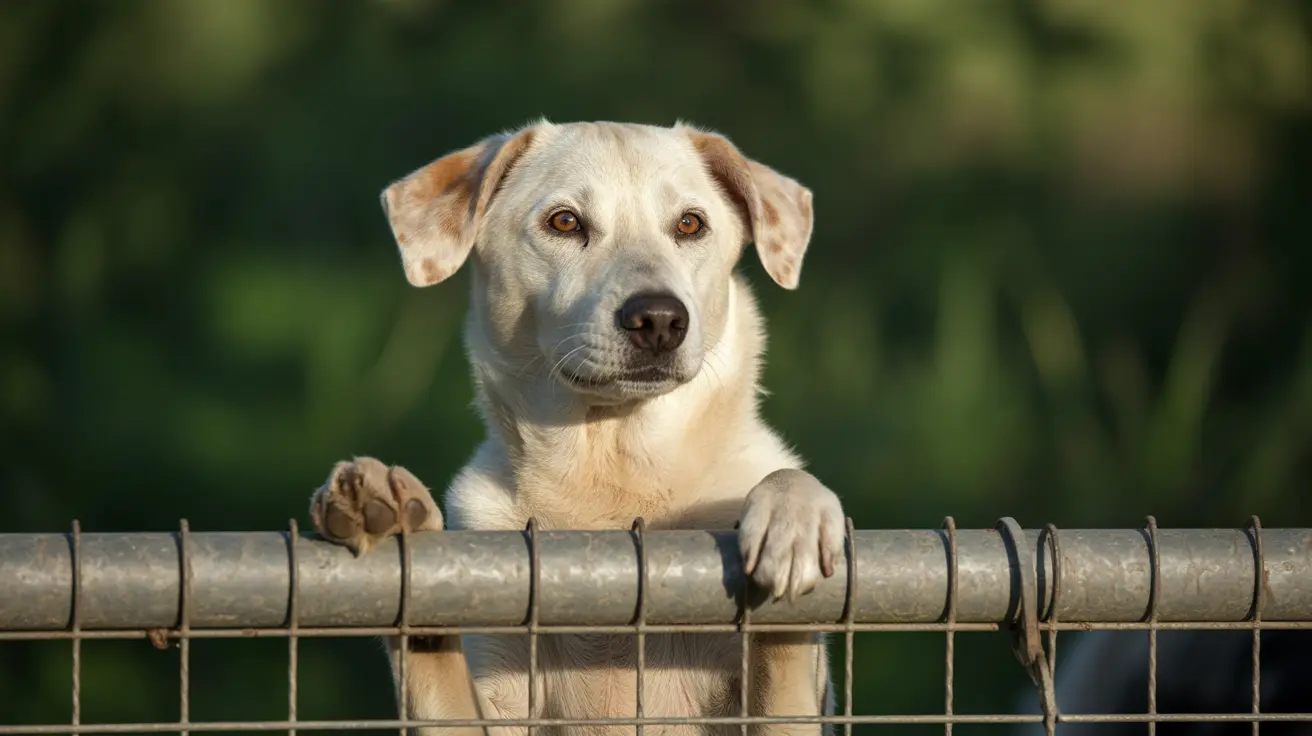Can You Pick Your Dog Up Like a Baby? Understanding Safe Dog Handling
Many dog owners enjoy cuddling with their furry companions and may be tempted to lift their dogs like infants. However, lifting a dog like a baby, often placing them on their back, can pose serious health and behavioral risks. Understanding how to safely lift and hold your dog is essential for their comfort, safety, and trust in human interaction.
Why Picking Up a Dog Like a Baby Is Not Safe
Dogs are naturally built to stand and move on all four legs. Holding them in a human baby position disrupts their posture and balance. Some risks include:
- Spinal strain and joint injuries due to unnatural positioning
- Internal organ compression and discomfort from unsupported lifts
- Increased anxiety or fear responses, especially in new or nervous dogs
- Potential injury if the dog resists and struggles to escape
Puppies, though smaller, are particularly vulnerable because their developing bones and joints are more fragile. Adult dogs may react strongly to this unnatural position, leading to negative associations with being handled.
Proper Techniques to Pick Up a Dog Safely
To prevent injury and minimize stress, always support both the front and rear of your dog's body when lifting. Follow these best practices:
For Small Dogs and Puppies
- Slide one hand under the chest, just behind the front legs
- Use your other hand to support their hindquarters
- Keep the dog close to your body and maintain a straight spine alignment
For Medium to Large Dogs
- Approach from the side and kneel down for better leverage
- Slide one arm under the chest and the other under the hindquarters or waist
- Lift with your legs, not your back, and keep the dog steady and close to your torso
If your dog is too heavy or has mobility challenges, use ramps, carriers, stretchers, or lifting slings. Never attempt awkward lifts that could result in injury to either you or the dog.
What Not to Do When Handling Your Dog
Improper lifting techniques can lead to severe harm. Never:
- Lift a dog by the front legs or armpits
- Pick them up by the neck, collar, harness, tail, or scruff
- Dangle dogs in the air or allow their limbs to hang loosely
Even though mother dogs sometimes carry young puppies by the scruff, this method is not suitable for older puppies or adult dogs. It can cause pain and fear, damaging their trust.
Reading Your Dog's Body Language
Your dog will often let you know when they’re uncomfortable. Signs of distress include:
- Whining or crying
- Shaking or cowering
- Flattened ears or lip licking
- Squirms and attempts to escape
Always pause and reassess your approach if your dog shows these signals. Forced handling can lead to defensive aggression or fear-based responses over time.
Building Comfort with Handling from Puppyhood
Creating positive associations with being picked up starts early. Here are some strategies:
- Handle puppies regularly with calm praise and treats
- Introduce verbal cues so they anticipate what’s happening
- Use slow movements rather than sudden grabs
- Teach children supervision guidelines for safe interactions
Dogs are more receptive to being lifted when it’s a familiar, positive experience. Respect your dog’s boundaries and use lots of gentle encouragement.
When Carrying Your Dog Is Appropriate
While carrying a dog constantly can lead to problems like learned helplessness or a lack of exercise, there are appropriate times when carrying is beneficial:
- For injured or senior dogs who struggle with mobility
- During routine grooming or veterinary visits
- In safety situations, such as crossing hazardous terrain
- To assist with travel, such as using a carrier or boarding a vehicle
Alternatives to Carrying: Show Affection Safely
You can show love and affection without lifting your dog. Consider:
- Gentle petting or brushing sessions
- Interactive play or training games
- Sitting side by side for cuddles
Always tailor your interaction to your dog’s individual preferences. Some dogs love to be held, while others may feel safer with four paws on the ground.
Final Thoughts
While you may think of your dog as your baby, handling them like one is not in their best interest. Dogs require supportive, species-appropriate handling to stay safe, healthy, and emotionally secure. Always lift responsibly, pay attention to your dog’s signals, and provide positive experiences with every interaction.





